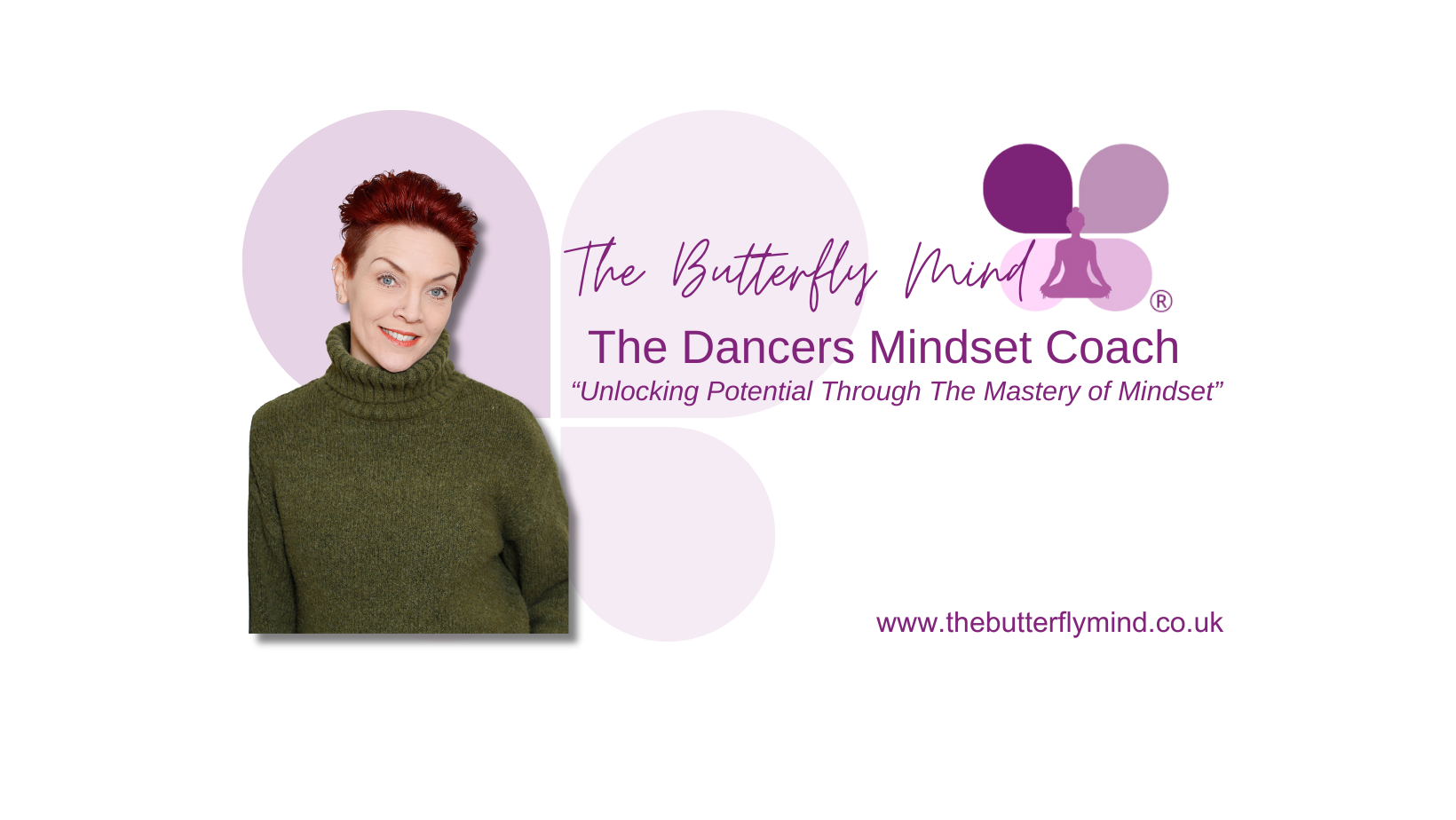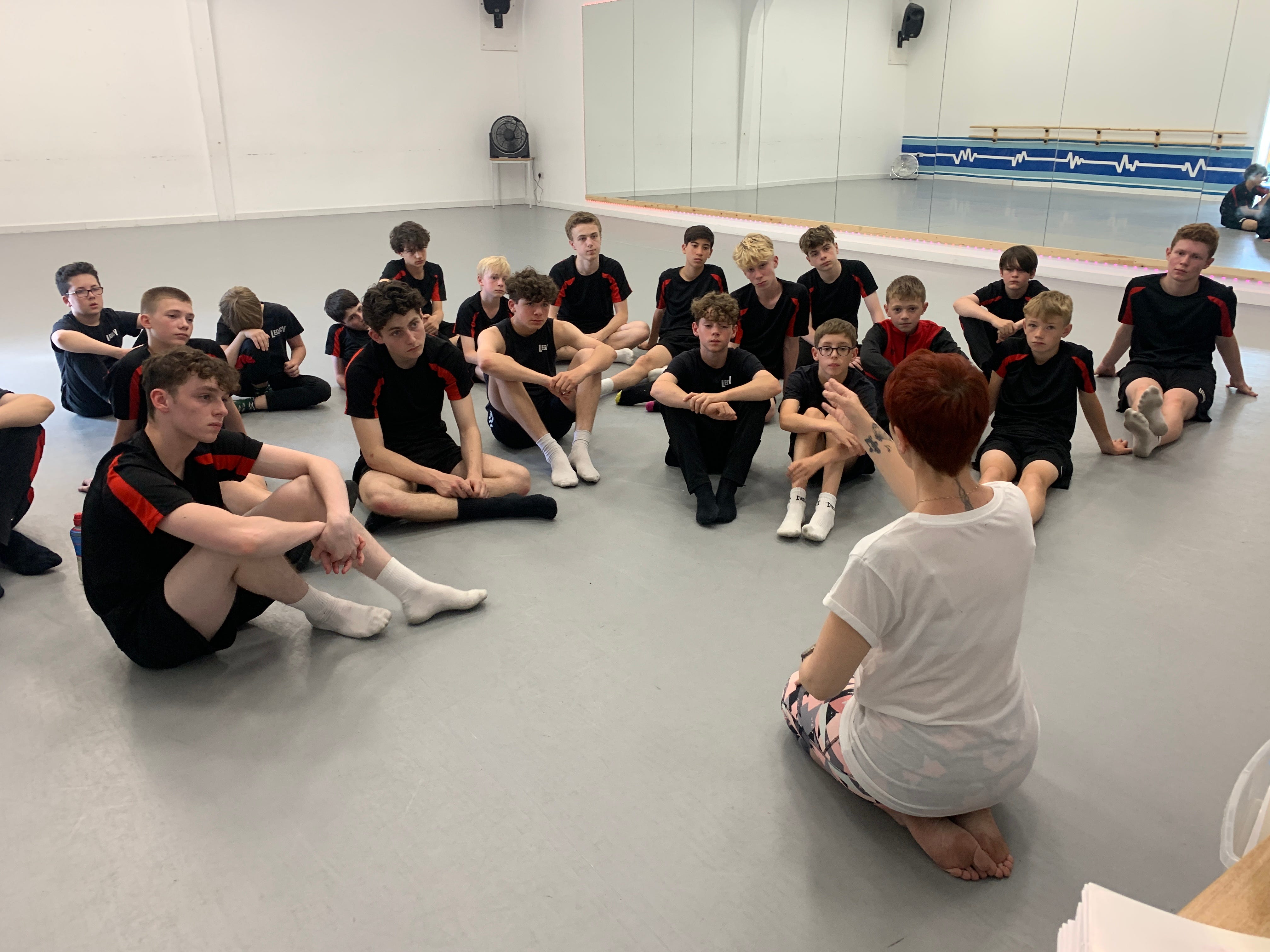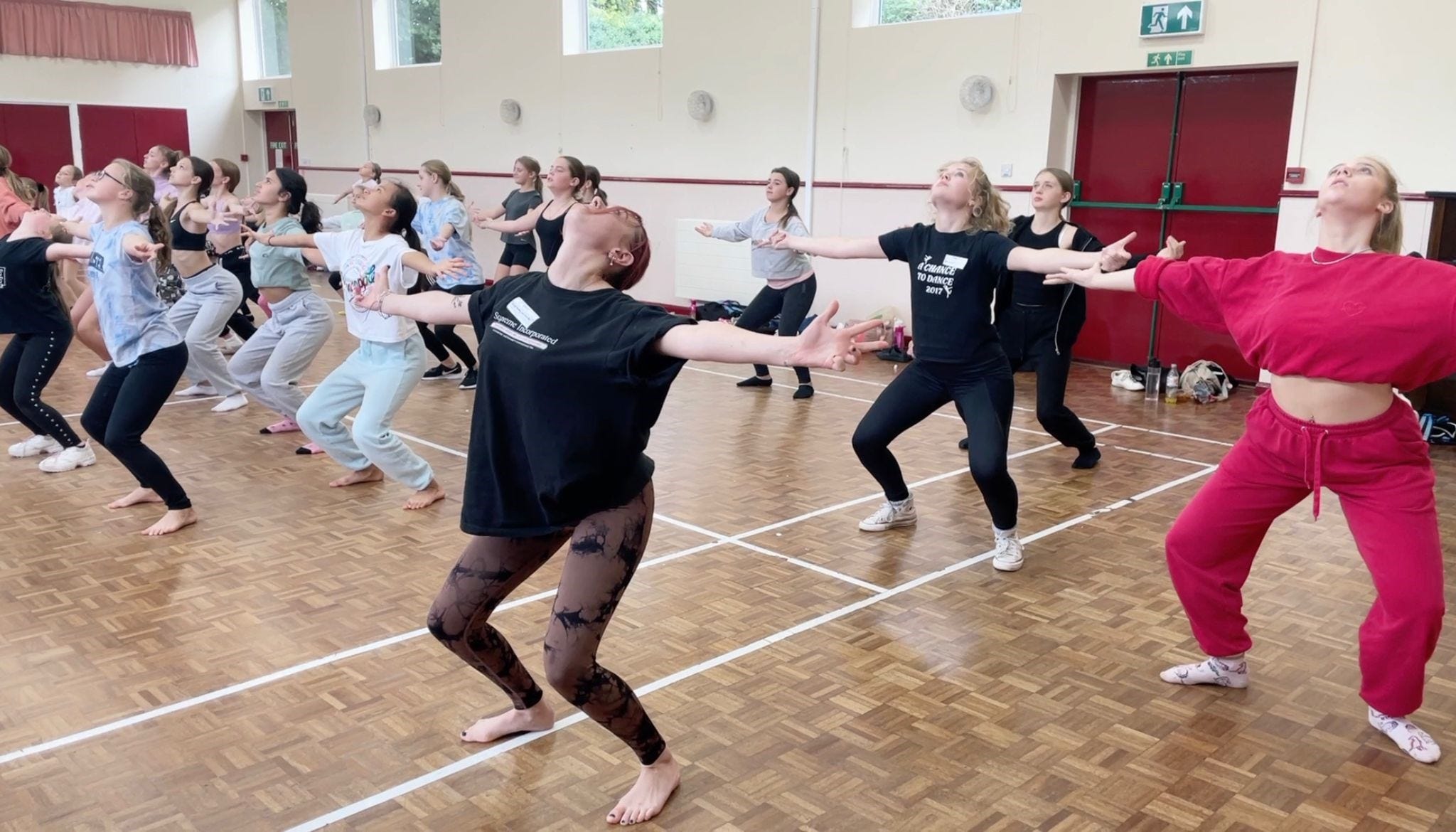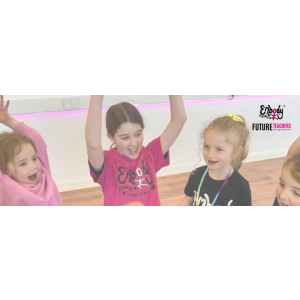This article was written by Kim Rogers, founder of The Butterfly Mind. Kim is a mindset coach, mental health first aider, NLP practitioner, and dance teacher. With a strong focus on supporting younger generations, Kim combines her passion for mental and physical well-being with her expertise in creative arts. Drawing from personal experiences and a lifelong journey of overcoming mental health challenges, she has developed unique workshops and coaching programs aimed at promoting self-acceptance and empowerment. Her mission is to equip young people with the tools to navigate life confidently and resiliently.
For more details, visit www.thebutterflymind.co.uk or her Facebook.


The world of dance is a beautiful, expressive art form that requires physical skill, discipline, and dedication. For young dancers, their training environment often becomes a second home, a place where they spend countless hours perfecting their craft.
As dance teachers, it is our responsibility to create a positive and safe space for these young artists to thrive. But to achieve this, understanding and prioritising their mental health and wellbeing is crucial. Equally important is recognising the impact of our own mental health as teachers, as our emotional state directly influences our ability to support and guide our students.
The Importance of Mental Health and Wellbeing in Dance
Dancers are athletes, artists, and individuals who often face a unique set of pressures. From a young age, they are expected to meet high standards, both in terms of physical performance and artistic expression. These expectations can lead to stress, anxiety, and even burnout if not managed properly. In recent years, awareness of the importance of mental health in dance has grown, and for good reason.
So what can we do to bring more awareness to our dancers' mental health?
- Encouraging Self-Awareness and Emotional Expression: Dance, at its core, is about expressing emotions. However, young dancers may struggle to articulate their feelings verbally, because the maturity to find such vocabulary does not come to fruition until our early twenties and even then, many adults struggle to speak of their feelings. So in fostering an environment that encourages self-awareness and emotional expression, we can help our dancers develop a deeper understanding of themselves, which not only enhances their artistry but also supports their overall emotional wellbeing.
- Building Resilience and Confidence: Dance training can be physically and mentally demanding. It’s important to teach young dancers that setbacks and failures are part of the process. Building resilience involves teaching them how to cope with disappointment, rejection, or injury, and emphasising that mistakes are opportunities for growth. Confidence is built not just through mastery of technique, but through understanding that self-worth is not solely defined by performance and results.
- Preventing Mental Health Issues: Addressing mental health proactively can prevent issues like anxiety, depression, and eating disorders, which are unfortunately prevalent in the dance world. Early intervention, through open communication and a supportive environment, can help identify and address problems before they become severe.


Creating a Positive and Safe Space for Dancers
As teachers, the methods we use and the language we employ play a crucial role in shaping the mental and emotional environment of our classes.
In brief, here are some strategies to create a safe and positive space for young dancers:
- Use Positive and Inclusive Language: Words have power and the words we choose can have a lasting impact on our students, both positively and negatively. Avoiding harmful or harsh language is essential. Instead of focusing on what a dancer is doing wrong, focus on constructive feedback. Phrases like "Try to lift your arms higher" or "What if we explore this movement differently?" encourage exploration and learning, rather than fear of failure.
- Foster Open Communication: Make it clear that your classroom is a safe space where dancers can express their feelings without judgment. Encourage them to talk to you if they are feeling overwhelmed or stressed. Establishing regular check-ins, either through group discussions or one-on-one conversations, can provide opportunities for dancers to voice their concerns.
- Promote a Growth Mindset to Build Resilience: Encourage your dancers to view challenges as opportunities for growth. Help them understand that progress is more important than flawlessness. Celebrate their efforts and improvements, no matter how small, and in using reflective learning techniques you can help emphasise that mistakes are a natural part of the learning process.
- Encourage Breaks and Rest: It’s easy for young dancers to feel pressured to keep pushing through fatigue, but rest and recovery are just as important as practice. Encourage dancers to listen to their bodies and take breaks when needed. Highlight the importance of sleep, hydration, and nutrition as key components of a dancer’s regime.
- Be Mindful of Individual Needs: Every dancer is unique, with their own set of strengths, struggles, and emotional needs. Some may be more sensitive or prone to anxiety, while others may thrive under pressure. Being mindful of these differences and tailoring your approach accordingly can help each dancer feel supported and understood.
The Importance of Teacher Wellbeing
As dance teachers, we often focus so much on our students that we neglect our own mental health and wellbeing. However, our emotional state and wellbeing are crucial, not just for our sake, but for the sake of our students as well. Here’s why it’s vital to prioritise self-care:
- Avoiding Burnout: The passion we have for dance and teaching can sometimes lead to overcommitment and burnout. Burnout not only affects our mental health but can also impact our effectiveness as teachers. It can lead to impatience, frustration, and a diminished capacity to empathise with our students. By taking care of ourselves, we ensure that we can continue to give our best to our students.
- Modelling Healthy Behaviour: As teachers, we are role models for our dancers. If we prioritise our own mental health and demonstrate healthy coping mechanisms, our students are more likely to do the same. This might include showing them how to handle stress, how to balance work with rest, or how to set healthy boundaries.
- Enhancing Teaching Quality: When we are mentally and emotionally well, we are better equipped to handle the day-to-day challenges of teaching. We are more creative, more patient, and more effective in our communication. This, in turn, creates a more positive and productive environment for our students.


Strategies for Teacher Self-Care
- Set Boundaries: Establish clear boundaries between work and personal life. It’s easy to get caught up in the needs of our students, but it’s essential to carve out time for ourselves. This might mean setting specific hours for responding to emails and taking a regular day off to recover and recharge.
- Practice Mindfulness and Relaxation Techniques: Mindfulness practices, such as meditation, deep breathing, yoga, or a simple walk in the fresh air can help reduce stress and increase self-awareness. Taking just a few minutes a day to focus on your breath or practice gratitude can have significant benefits for mental health.
- Seek Professional Support: If you are feeling overwhelmed, consider seeking professional support. Therapy or counselling can provide valuable tools for managing stress and maintaining mental health.
- Connect with Peers: Engaging with other dance teachers can provide a sense of community and shared understanding. Sharing experiences, challenges, and successes with others who understand the demands of the job can be incredibly supportive.
- Prioritise Physical Health: Regular exercise, a balanced diet, and sufficient sleep are foundational to both physical and mental health. As teachers, we know the importance of movement, but sometimes forget to apply that knowledge to ourselves.
Creating a positive and safe environment for young dancers requires a comprehensive understanding of their mental health and wellbeing. As teachers, our words, actions, and methods significantly shape their experience in the dance studio.
By fostering open communication, promoting a growth mindset, and being mindful of individual needs, we can help our dancers develop not only as artists but as resilient and confident individuals.
Equally important is the need for us as teachers to prioritise our own mental health and wellbeing. By setting boundaries, practicing self-care, and seeking support when needed, we ensure that we can continue to inspire and guide our students without reaching burnout.
In doing so, we create a dance environment that is nurturing, supportive, and truly enriching for all.
















